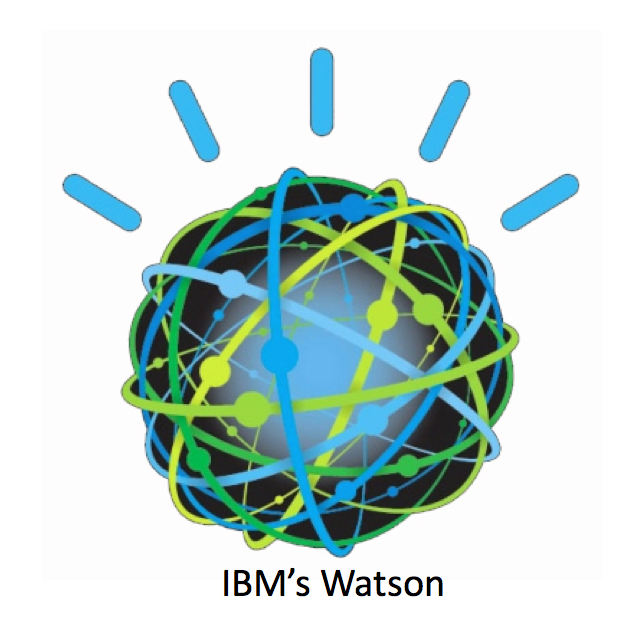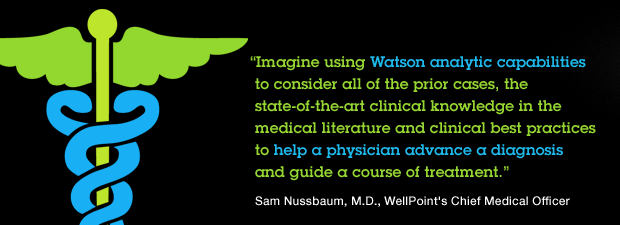Cosmologist Stephen Hawking recently raised his concerns over the end of the human race with the development of full artificial intelligence (A.I.) could spell the end of the human race. Asimov’s Three Laws of Robotics, on the contrary, are fictional robotic constraints to prevent A.I. robots from harming humans. The operative word being ‘fictional’. Fiction or reality, A.I. has been mankind’s enduring fantasy ever since the early days of computing.
Frying Pan to Fire
The man vs. machine war has only intensified in the last couple of decades, increasingly indicating a shift in the balance of power to man’s creation. It manifested itself strongly in 1997 when Deep Blue, IBM’s a chess-playing computer took on the then world chess champion Garry Kasparov and emerged victorious. The result was a shocking, if not unexpected, two to one with three draws. The machine’s victory over human intelligence strengthened the refrain regarding the end of supremacy of human intelligence and the domination of artificial intelligence.
FUTURE OF CRAWLING & BIG DATA is here.
Deep Blue’s conquest of Garry Kasparov lent greater impetus to build even more powerful and intelligent machines. IBM Research was at the forefront of this push to create a technology that would help humans make fast(er) decisions in real-world situations. Eventually, this led to the birth of a super computer that can understand natural human language and process it to give out answers in just a matter of seconds (or faster).
Cue, Watson
IBM’s Watson is capable of answering questions asked in ‘natural language’. Named after the company’s first CEO and legendary industrialist, Thomas J. Watson, the system was originally developed for the quiz show Jeopardy. Watson was the eventual winner beating former champions Brad Rutter and Ken Jennings, in 2011. Back then, Watson had no Internet access (like its opponents!). But what it did have was a powerful system that had access to approx. 200 million pages of content, both structured and unstructured, consuming four terabytes of disk storage. With such enormous capacity to store and process information and more importantly, generate intelligence out of it, Watson Analytics was only a logical extension.
Watson Analytics is today’s advanced cognitive technology that processes information more like a human than a computer, given that it can read and understand natural language and analyse data, including unstructured data that constitutes the bulk of information.
NEED DATA FOR ANALYTICS?
Making Watson Pay
Watson Analytics is a part of IBM’s decision to commercialize Watson into the next generation of intelligent information systems. It’s only logical to explore its use in solving organizational problems. IBM announced an investment of more than $1 billion in the summer of 2014 into the Watson program.
Since language is the key and with Watson content analytics in place, an organization can automate key tasks. Watson Analytics promises to help companies:
1. Get hold of better data
Effortless way to find and improve data sets by processing sources of information that include encyclopaedias, dictionaries, thesauri, newswire articles, and literary works in addition to databases, taxonomies, and ontologies.
2. Understand business better
Discover actionable data-driven insights that can lead to new revenue opportunities, improved products & services, as well as customer satisfaction.
3. Tell a story
Interlink data to come up with clear and compelling infographics that lets companies present their story in the most effective manner.
4. Think Ahead
Learn the most relevant facts, patterns and relationships pertaining to the business and think ahead with predictive analysis.
All in all, the analytics solution lets companies aggregate, analyse and visualize large amount of information and find out the present situation and the possible decisions for growth in the future.
Watson Debut
IBM opened the beta version of the Watson Analytics service to the public in mid-December 2014. Following the announcement in the summer, about 22,000 people had signed up for the beta. This beta version allows subscribers to upload data and then probe further by asking questions in English. According to IBM, the content analytics will enable users understand insightful correlations and exceptions, within the uploaded data. Ultimately, the degree of accuracy will depend upon the data set being used.
Expectedly, the onus of using the data insights from Watson advantageously way lies on the data user. What this means is that having an intelligent system is not enough; what is required is a talented and skilled team of data scientists and visualizers who can help use analytics data in furthering the business intelligence.
In the beta stage, IBM is offering Watson analytics as a cloud-based freemium service. It can be accessed both via the web and mobile devices.
Reaping Rewards
Watson Content Analytics is undoubtedly a powerful invention in assisting organizations aggregate, analyse and visualize huge amounts of data. What is yet to be seen is the precision and the accuracy of the information. Healthcare, Security, Finance, Retail, Education, Government, and Research are some of the industries where IBM deems Watson to be of great importance. As a SaaS solution, Watson has the capacity to be a single tool capable of data clean-up, modeling, and even model evaluation and visualization!
However, where Watson outguns humans and other enterprise-level analytics software is also where it is perhaps the most vulnerable. It is data.
While Watson can bring you an array of visual tools and can automatically process and chew data at the prompt of a question, it remains debilitated when it comes to the actual data set. Here is where DaaS providers play a huge, often overlooked, role in the Big Data and analytics scenario.
With large data-sets, the problem of structuring is primary. While most standalone tools can help get data, there is no matching the computing capacity and service turnaround of a dedicated DaaS provider. As the adage goes, you reap what you sow. What good is Watson’s cognitive advantage if the data it utilizes yields insights that point to a limbo?
GET CUSTOMIZED DATA HERE
Not a War
Analytics is a challenging first step in applying IBM’s “cognitive computing” to the demand of data analysis. Despite its polished interface and cool visualization features, Watson proves that it is but a mere tool designed to help maximise the accuracy of decisions based on data power. Of course, with the beta version out Watson can only improve in its features and value. If anything, IBM’s Watson is more of a data scientist accelerator, not a data scientist replacement.
As long as man does not fully abdicate responsibility for decision making and takes control and responsibility for the actions resulting from the decisions, human beings will still wield considerable power. Perhaps, that is the way things should be- machine proposes, man disposes.
BE A DATA SCIENTIST IN 8 STEPS. SEE HERE.























